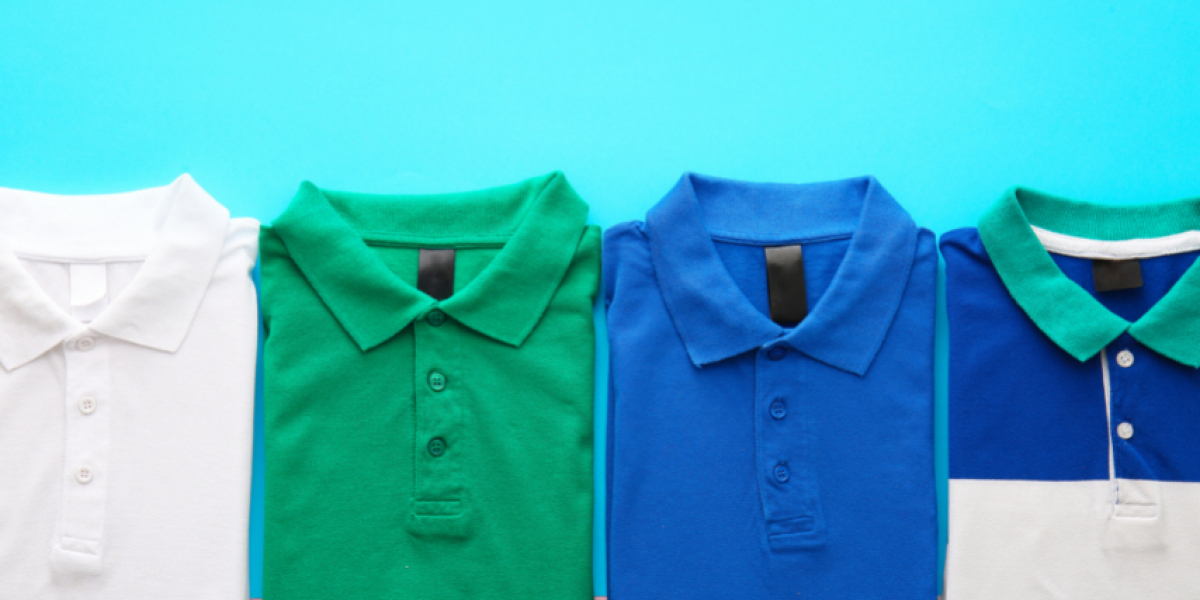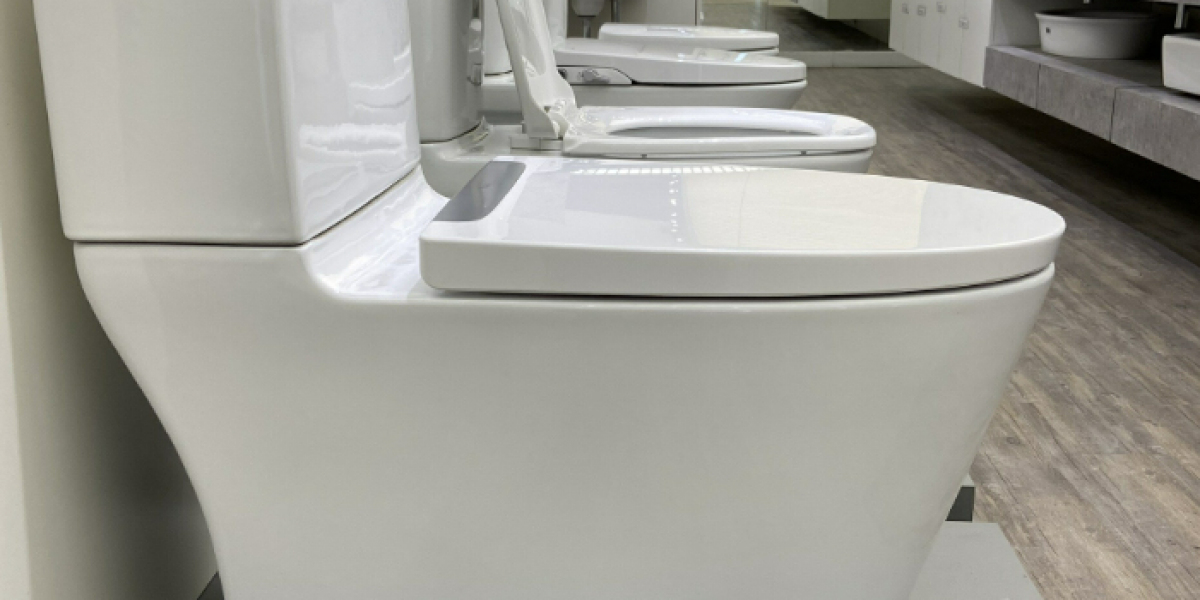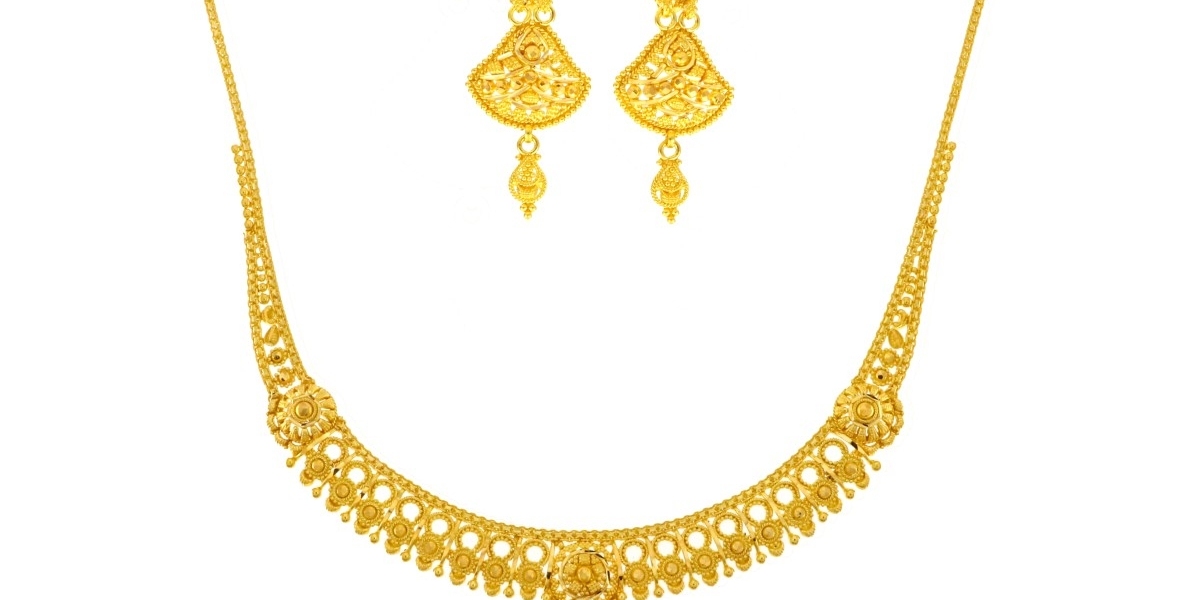Polo shirts are a staple in many wardrobes, combining comfort, style, and versatility. Whether you’re heading to the office, playing a round of golf, or enjoying a casual day out, the right polo can make a significant difference in your overall experience. One of the most crucial factors that contribute to a polo shirt’s appeal is its fabric. In this blog post, we’ll explore various fabrics used in polo shirts, their benefits, and help you determine which is the best for your needs.
Understanding Polo Shirt Fabrics
Polo shirts are made from a variety of fabrics, each with unique characteristics. The most common fabrics include:
Cotton
Polyester
Blends
Merino Wool
Pique vs. Jersey Knit
By gaining an understanding of these materials, you can ensure that your next polo shirt purchase meets your expectations for comfort, durability, and style.
Cotton: The Classic Choice
Cotton is one of the most popular fabrics for polo shirts. Its natural fibers are soft against the skin and provide excellent breathability, which is essential for comfort during warm weather. Here are some of the benefits of cotton:
Pros:
Breathability: Cotton allows for air circulation, keeping you cool.
Softness: It feels great on the skin.
Variety: Available in various weaves (like pique and jersey), cotton polos can cater to different styles.
#### Cons:
Wrinkles Easily: Cotton fabrics can wrinkle and may require ironing.
Limited Moisture-wicking: Not as effective for sweat absorption compared to synthetic materials.
Polyester: The Performance Fabric
Polyester is a synthetic fabric known for its moisture-wicking properties, making it a great choice for athletic or outdoor activities. Polyester polos are often favored for sports because of their performance characteristics.
Pros:
Moisture-Wicking: Draws sweat away from the body, keeping you dry.
Durability: Resists shrinking and stretching, ensuring long-lasting wear.
Color Retention: Holds dye well, resulting in vibrant colors that don’t fade quickly.
#### Cons:
Less Breathable: Can feel hotter in high temperatures compared to cotton.
Less Softness: May not provide the same luxurious feel as cotton.
Blended Fabrics: The Best of Both Worlds
Blended fabrics, often a mix of cotton and polyester, provide a balance between the comfort of cotton and the performance of polyester. This combination is becoming increasingly popular for those looking for versatility and practicality.
Pros:
Balanced Comfort and Performance: You get the softness of cotton with the moisture-wicking benefits of polyester.
Reduced Wrinkling: Less prone to wrinkles than 100% cotton polos.
Breathability with Enhanced Durability: Suitable for both casual and active wear.
Cons:
Compromise in Qualities: You may lose some of the benefits of pure cotton or polyester.
Merino Wool: Luxury and Function
Although less common, merino wool is worth mentioning as a premium option for polo shirts. This natural fiber is known for its softness and excellent temperature regulation.
Pros:
Temperature Regulation: Keeps you warm in the winter and cool in the summer.
Moisture Management: Absorbs moisture without feeling wet, making it ideal for various activities.
Soft Texture: Unlike regular wool, merino is soft against the skin.
Cons:
Cost: Generally more expensive than cotton or polyester polos.
Drying Time: Can take longer to dry compared to synthetic fabrics.
Pique vs. Jersey Knit: Different Weaves
When selecting a polo shirt, pay attention to the weave of the fabric, as it can influence the feel and style. The two most common weaves for polo shirts are pique and jersey knit.
Pique
Pique fabric features a textured surface, offering a more structured look. This weave is often used in more formal or tailored polo shirts.
Pros: Better moisture management, structured appearance, and durability.
Cons: Can be less soft and comfortable than jersey-knit.
Jersey Knit
Jersey knit is smooth and soft, offering a more relaxed fit. It’s often used for casual polo shirts and is exceptionally comfortable.
Pros: Soft and flexible, good for casual wear.
Cons: Less structured, may not hold up as well in formal settings.
Making the Right Choice
When it comes to choosing the best fabric for your polo shirt, consider your specific needs and lifestyle. Here are some factors to help guide your decision:
Activity Level: If you lead an active lifestyle, look for moisture-wicking fabrics like polyester or blends.
Climate: In hot and humid weather, breathable fabrics like cotton or blends may be more comfortable.
Purpose: For formal occasions or professional settings, consider pique polos for their structured appearance.
Personal Preference: Ultimately, go for the feel you enjoy most. Some people prefer the softness of cotton, while others may like the performance of polyester or merino.
Conclusion
In the end, the best fabric for polo shirts depends on your individual needs and preferences. Cotton remains a classic choice for its comfort and breathability, while polyester offers durability and moisture-wicking capabilities. Blended fabrics provide a harmonious mixture of the two, and merino wool appeals to those looking for luxury. By understanding your lifestyle and the characteristics of each fabric type, you can confidently select the perfect polo shirt that meets your sartorial needs.
No matter which fabric you choose, wearing a well-fitted and stylish polo shirt will ensure you always look your best while feeling comfortable. Happy shopping!



![Immortal Flow Male Enhancement USA Reviews [Updated 2024]: Working](https://f002.backblazeb2.com/file/yoosocial/upload/photos/2024/09/X111BZPIizOZFQMhIHpf_21_80200a1887a3ce08453add296d315104_image.png)





